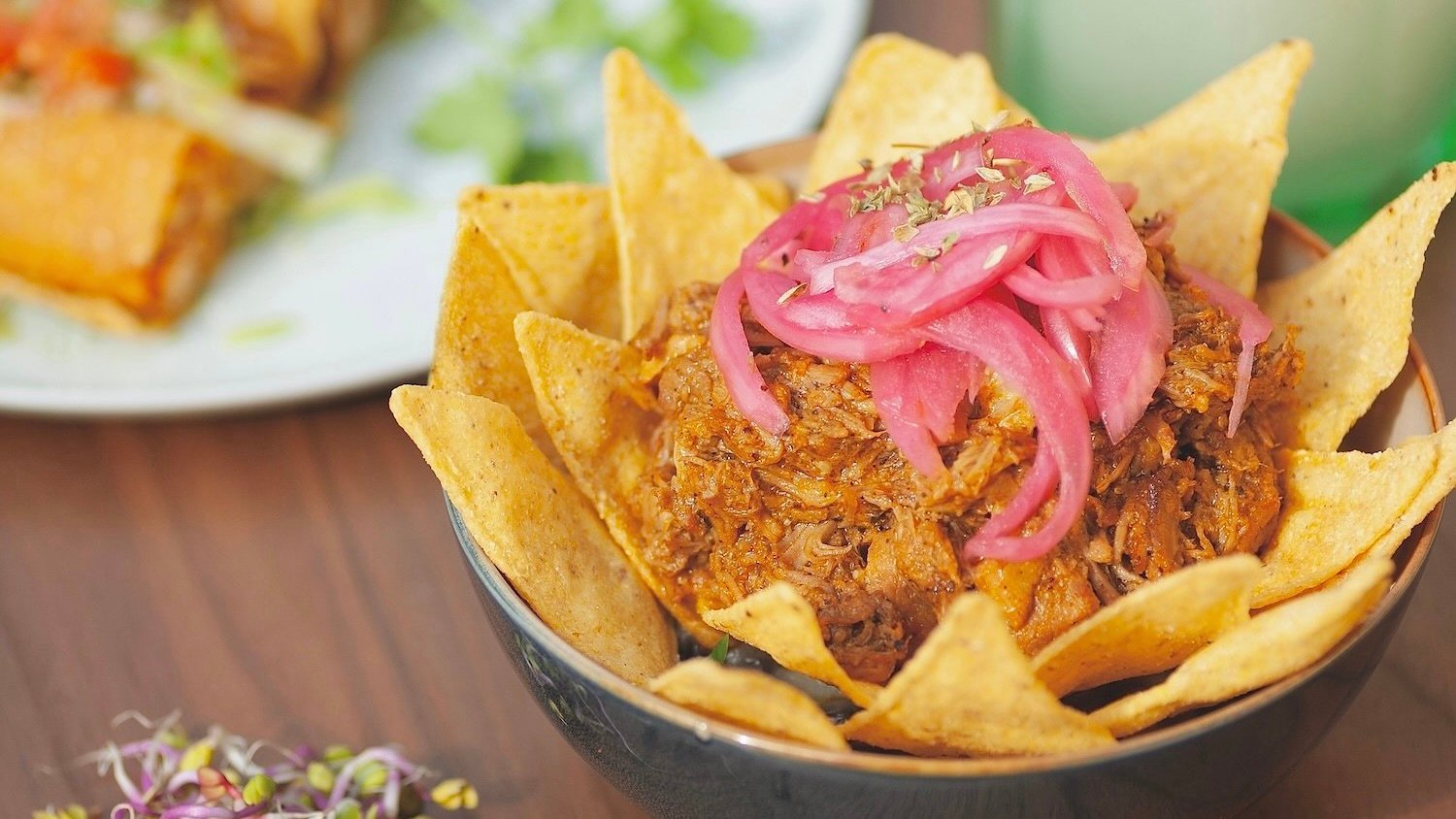How to Use Annatto
The Lipstick Spice
Earthy | Nutty | Peppery | Bitter

With its brilliant gold-red hue and grounded warmth, annatto bridges beauty and utility. Whether steeped in oil, simmered in broths, or mixed into spice blends, the lipstick spice is found in everything from rice dishes and slow-roasted meats to cheeses and marinades. This Amazonian seed should be used freely. It’s more than just a dye!
FORMS
- Whole: It's best to buy whole annatto seeds for longer shelf-life, more color and flavor, and for the ability to make achiote oil.
- Ground: To maximize flavor or to use annatto in dry dishes, use ground annatto. Pre-ground powders are available, but are often used for convenience, especially in commercial kitchens or spice blends.
- Achiote Oil: To maximize color, annatto is often simmered in oil to produce achiote oil, which imparts a brilliant golden-red hue and gentle earthy warmth to rice, stews, vegetables, seafood, and meats.
STORAGE
PREPARATION TECHNIQUES
- Making Achiote Oil: Gently warm annatto in your choice of neutral oil (canola, grapeseed, vegetable, sunflower) over medium-low heat for 2–5 minutes. Stir often and avoid overheating, as burnt seeds will make the oil bitter. When it takes on a deep color, strain out the seeds.
- Grinding: Annatto seeds are very hard, like little pebbles. Many low-end electric grinders will be damaged or dulled, so use a powerful coffee/spice grinder in short bursts to avoid overheating, or toast them beforehand to soften them.
- Toasting: Gently toasting the seeds makes them easier to grind and brings out a deeper flavor.
- Pastes and Marinades: In Central and South American cuisine, annatto plays a key role in spice pastes and marinades. In popular dishes like cochinita pibil (below), its vibrant color and nutty flavor complement the richness of slow-cooked pork.
COOKING TECHNIQUES
- Using Achiote Oil: Achiote oil is beloved beyond Latin America. Called atsuete oil in the Philippines and dầu điều in Vietnam, it is critical to many stews, stir-fries, noodles, and grilled or braised meats.
- When to Add: The oil adds color first, then a subtle earthy aroma, so it’s often used early in cooking to coat ingredients evenly. You can start your dish by heating the achiote oil and sautéing aromatics like garlic, onion, or chili before adding other ingredients.
- Controlling Color: However, for a milder flavor and brighter color, you can also drizzle it at the end as a finishing oil. Since the natural carotenoid pigments darken the longer they're exposed to heat, your dish will shift from a bright orange-red to a deeper, reddish-brown hue over time.
- Pairing with Fats: Annatto’s pigments and flavor compounds are fat-soluble, which means they shine in buttery, coconut-based, or meaty dishes.


